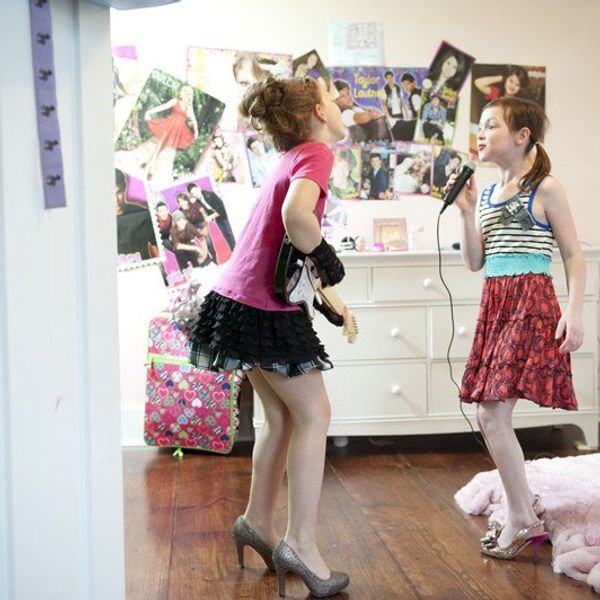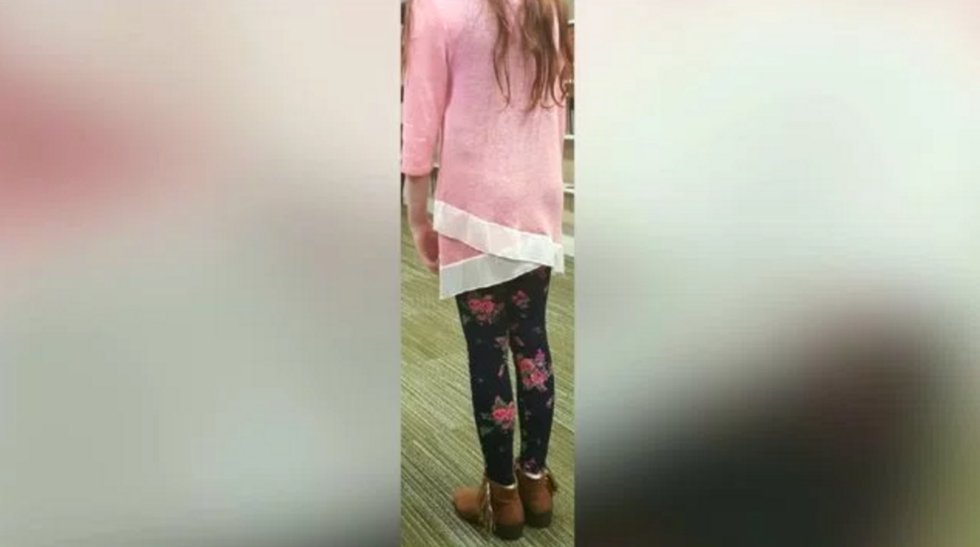I still remember the extremely subjective rules of my middle school dress code: make sure your straps are at least 3 fingers wide, your skirt/shorts must come down to at least your middle finger when your arms are held straight down, if you touch your pinky to your chin and extend your thumb to your chest, the fabric of your shirt should touch your thumb and if you decide to wear leggings, make sure your shirt is long enough to cover your butt. When I was a 12-year-old girl just entering middle school, the dress code just seemed like another aspect of middle school I had to adjust to, however, looking back at it as a 19-year-old, I'm disgusted.
While it is important to show students the value of modesty and teach them to dress appropriately, policing their bodies can be extremely damaging to their self-image. According to the National Center for Education Statistics, over half of all public schools in the U.S. have a dress code. Although there is nothing inherently wrong with a school enforcing a dress code, some have taken it too far.
In Lansing, Kansas, an 11-year-old girl named Bella was reprimanded for committing a dress code violation and was ordered to change into gray sweatpants given to her by the school nurse. She was told that she could not contact her mother and must change into the given clothes for the rest of the day. The principal, school nurse and Bella's mother all have conflicting stories regarding what, exactly, was said to Bella that day, but when all is said and done, an 11-year-old girl was shamed for her clothing choices. Her outfit? Fitted leggings and a flowy pink top.
In Bella's case, the school's dress code did more harm than good. There is nothing sexual, revealing or inappropriate about her outfit, yet she was punished for it. This sends a message to young children that their bodies are not their own and even at only 11 years old, your body is seen as a sexual object that needs to be hidden.Another horrifying example of a dress code gone wrong is in the case of Kaitlyn Juvik, a senior at Helena High School in Montana. A week before graduating, Kaitlyn was called into the principal's office and told that a male teacher had complained about her outfit stating that by not wearing a bra, Kaitlyn's outift was distracting and she should find something to cover up with. Within a few days, Katilyn's story became a viral internet sensation; she even made a Facebook page called "No Bra, No Problem" in order to start conversations surrounding the sexualization of women's bodies. She says, "Boys always get the excuse about their hormones, that 'boys will be boys' but instead, perhaps people should start teaching boys not to sexualize women's bodies. Wearing a bra is a personal choice. It's my body. Why is it anybody else's business whether I'm wearing a bra, especially when I'm covered up and dressed appropriately?"
Kaitlyn's dress code violation says more about the male teacher than it does about Kaitlyn. Her outfit was not overly revealing, inappropriate or offensive, but because women's bodies continue to be seen as sexual objects, a grown man thought that it was okay to ask her to change so HE would be more comfortable.
Laura Bates, co-founder of The Everyday Sexism project states, "These are not girls who are battling for the right to come to school in their bikinis—it’s a principle." Bates hits the nail on the head; dress codes are not inherently harmful and of course we should have some guidelines regarding what students can and cannot wear in an educational setting. With that being said, these guidelines absolutely should not cater to men and boys who feel uncomfortable by the female body and they should not treat the bodies of their young, impressionable students as sexual objects.

























